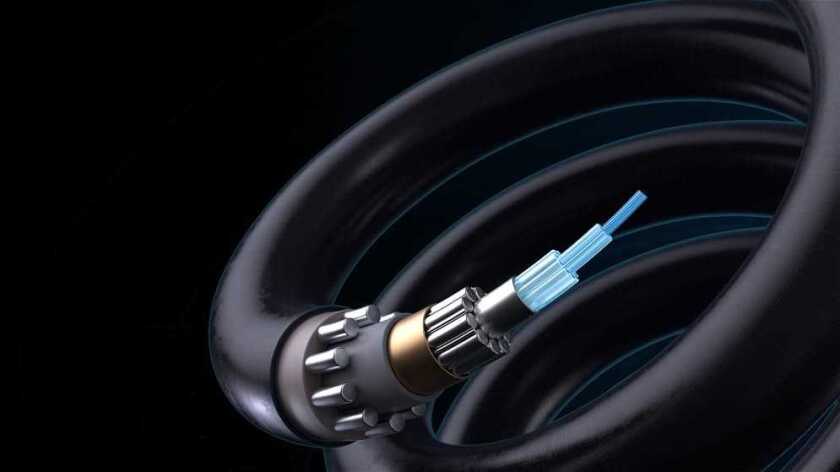The news marks a 50% improvement in fibre count over the traditionally used, 16 fibre pair systems. As a result, cable owners can construct subsea cable systems with superior traffic capacity while at the same time reducing the cost per bit of the wet plant. This also aligns with Space Division Multiplexing (SDM) system architectures.
"As global demands for capacity and FP flexibility continue to soar, NEC is committed to helping our customers to build up their subsea networks with large spectral-efficiency, lower power consumption and large-scale subsea connectivity," said Yoshihisa Inada, deputy general manager and head of subsea technology development at NEC's submarine network division.
"We continue to evaluate multiple technical options to further increase capacity and reduce the cost/bit of the networks."
NEC reached this milestone by making minor modifications to its repeater and cable designs. By keeping NEC's quadruple pump redundancy in the repeater and maintaining OCC's cabling performance, resulted in cabled attenuations lower than 0.150dB/km. Low attenuation is critical to achieve large spectral efficiency as well as lower power consumption.
"We have concluded that the use of our fibres in OCC's 24 pair cable results in a cabled attenuation matching the nominal value,” added Dr. Masashi Onishi, general manager of the optical fibre and cable division at Sumitomo Electric Industries.
We are confident that our ultra-low loss fibres can contribute to achieve large capacity, high spectral efficiency and low power consumption in transoceanic networks."
In addition, the new 24 fibre pair cable can be manufactured using a wide range of existing optical fibres. Each fibre can be visually identified using a combination of ring marking and conventional fibre colouring. None of these process impact the fibre’s transmission performance.
"To support growing bandwidth, next generation subsea systems will offer Petabit-scale transmission,” added Dr. Bernhard Deutsch, vice president and general manager of optical fibre & cable at Corning Incorporated.
“To achieve the required performance, cabling processes must capture the advantaged optical attenuation and large effective area of our ultra-low-loss fibres. OCC's cabling process for 24 fibre pairs works with our high-quality fibre to meet the challenge."






